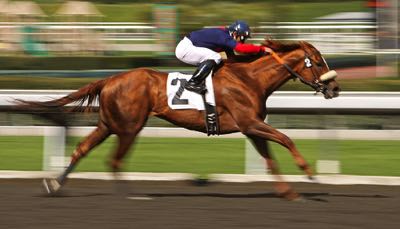 Each way betting is most closely associated with horse racing but, in fact, it can be applied to a range of events. In essence, whenever competitors, be they horses, dogs, golfers, football teams or anything else, are placed in a finishing order behind an outright winner, an each way bet might be offered. The terms of the each way bet will vary significantly according to the type of contest and generally each way betting is best suited to events with a large number of competitors, many of whom have a decent chance of winning.
Each way betting is most closely associated with horse racing but, in fact, it can be applied to a range of events. In essence, whenever competitors, be they horses, dogs, golfers, football teams or anything else, are placed in a finishing order behind an outright winner, an each way bet might be offered. The terms of the each way bet will vary significantly according to the type of contest and generally each way betting is best suited to events with a large number of competitors, many of whom have a decent chance of winning.
In this piece, we will briefly explain what an each way bet is and then explain when you are most likely to want to place such a bet. The main focus, however, as you might deduce from the wording of the titular question, is to consider when each way betting might not be worth it and why you might choose to make a different type of bet in certain circumstances.
What Is an Each Way Bet?
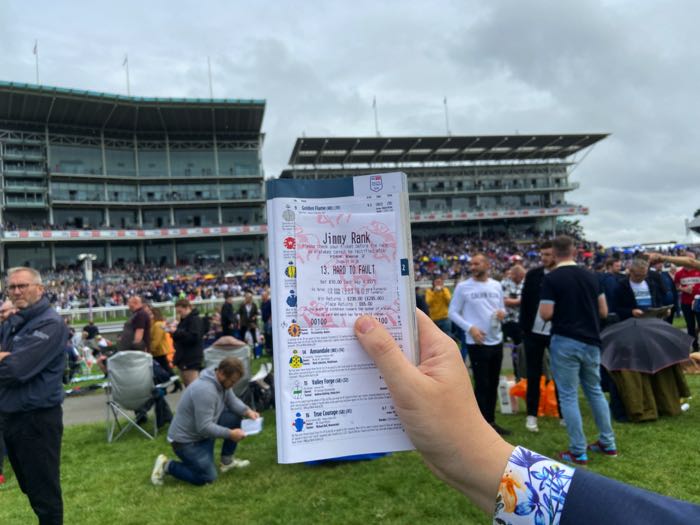
We have a separate article dedicated to looking at this subject in more detail, as well as a piece that more fully explains the difference between each way betting and place betting. However, if you are a newbie and have arrived at this article less than 100% sure what an each way bet is, let us explain.
An each way bet is two bets really, with half of the total stake going on the selection to win and half going on it to “place”. The definition of placing will vary, and in a tennis tournament, for example, it will be to make the final, whilst in a golf major, it might be for a player to finish in the top five as standard or top 10 as part of an enhanced each way betting offer. In a horse race, the each way terms usually include the top three but depending on the type of race and number of runners it may be the top two, top four, or with some promotions, the top five or more.
A £10 Each Way Bet Will Cost £20
A £10 each way bet will cost £20, with £10 going on each part of the wager. The win stake is paid out just like a standard win single, so if your £10 each way pick won at 10/1, that part of the bet would return £110. The place portion of the wager is paid at a fraction of the standard odds and typically (though not always) the more places that are being paid, the smaller that fraction. For example, in a tournament, be that tennis, snooker, darts, or football’s FA Cup, your each way bet will typically be paid at half the normal odds based on a top-two finish. A golf bet that covers the top five may be paid at a quarter of the odds, whilst in racing, you may receive a fifth of the odds for a top-three finish.
So, if your 10/1 winner was based on a quarter of the odds for a top-three finish, as well as your £110 return for the winning half of your wager, you would get £35 back for the each way portion of the bet. Note that in both instances these returns include the £10 stake. In this scenario, if your pick finished second or third you would lose the £10 on it to win but still get the £35 back from the place portion of your punt.
Why Do People Make Each Way Bets?
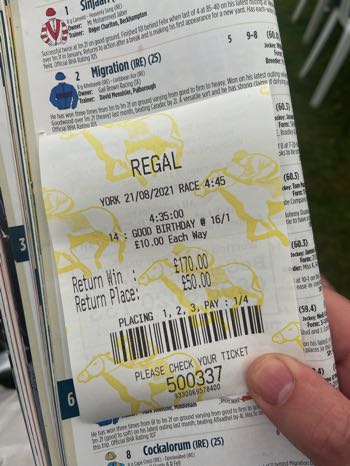 Each way bets are usually used when you quite fancy a selection to go well but are not quite 100% convinced it has enough to win. In some circumstances, the doubt over a pick’s ability to win may simply be due to the wide-open nature of an event. Horse races with large fields, the Grand National being the classic example, are perfect for an each way bet simply because the race outcome is so hard to predict. Luck is a factor in almost all sport but in a race like the National it often plays a bigger part than normal and so backing horse each way gives you that little bit of extra security. If luck goes your horse’s way then it may well get the win but if luck goes against it then it may well still have enough to land a place.
Each way bets are usually used when you quite fancy a selection to go well but are not quite 100% convinced it has enough to win. In some circumstances, the doubt over a pick’s ability to win may simply be due to the wide-open nature of an event. Horse races with large fields, the Grand National being the classic example, are perfect for an each way bet simply because the race outcome is so hard to predict. Luck is a factor in almost all sport but in a race like the National it often plays a bigger part than normal and so backing horse each way gives you that little bit of extra security. If luck goes your horse’s way then it may well get the win but if luck goes against it then it may well still have enough to land a place.
As we have said, one of the other bets where each way punts are very popular is golf and again this is down to the large field making it very difficult to pick the winner. Some events will see more than 150 players and no matter how good a golfer is, with such a big field there is always a chance that someone else will just have an incredible four days and prove almost impossible to beat.
Convinced Your Selection Will Place
An alternative approach with each way betting is when you are highly convinced your horse, golfer or other selection will place. You may hear punters talk of the win part of the wager being a “bet to nothing” and this is because the odds of the bet mean that even if the pick just places they will more or less break even.
They may win a little on such a bet, or perhaps even lose a very small amount. However, the concept is that the place has a good chance of coming in and so the win portion of the each way bet is covered by the potential place returns.
“The Only Dead Certs Are in the Graveyard”
Of course, anyone viewing a bet in such a way could simply stake a large sum on the pick to place. Either way though, they would do well to remember the old bookies’ saying that “the only dead certs are in the graveyard”. No matter how convinced you are that a horse will make the top three and no matter how strong a favourite it is, one should always remember that this is betting and this is sport and therefore anything can happen and huge favourites often fail to place.
One final angle for an each way bet is when there is a short-priced favourite who you think might be worth taking on. This typically applies to horse racing. If there is an odds-on favourite you may well agree they are the most likely winner but still not feel the odds offer value, or that the returns are just too small to make it worthwhile. In such a scenario an each way bet is a nice option to give you a return on a place bet with a small chance of a larger win if the favourite fails to deliver.
When Not to Bet Each Way
As with all bets, serious punters will be most concerned about two factors when it comes to whether or not to place an each way wager. These are the odds of the selection and the perceived probability that it will win and/or that it will at least place. Assessing the relationship between the odds and the probabilities is the key to finding value.
Looking at the Odds
For most punters, the key thing when they decide to make a bet each way is the odds. Above we talked about each way betting being especially popular in races like the Grand National and markets such as outright golf betting. Because these events are hard to predict, each way bets are popular, but it is the corollary of this that also matters: because they are hard to predict, the odds for most, and often all, selections are relatively high.
How high the odds need to be before an each way bet becomes worthwhile is partly a personal choice and also depends on your confidence in the selection, chiefly its ability to place and its ability to actually win. For many people, the cut-off point will be that the place alone is enough to cover the win stake. So if we imagine that a bookie is paying a quarter of the odds for a top-three finish in a horse race, we can see the outcomes of two hypothetical £10 each way bets at different odds
| Horse | Odds | Net Return from Place | Net Return from Win |
|---|---|---|---|
| Hungry Harry | 8/1 | +£10 | +£100 |
| Starving Susan | 4/1 | +/-£0 | +£50 |
| Speedy Joe | 2/1 | -£5 | +£25 |
Based on the each way terms described, with the place being paid at a quarter of the standard odds, 4/1 is the break-even mark for an each way wager. Any odds higher than 4/1, even if they are only a fraction over, will deliver a positive net win even if your pick only places. In contrast, any price lower than 4/1 means that your horse might finish second in a photo finish and you will still lose money overall.
For many punters the idea that they might land a winning bet and still be down is unappealing and so for this reason lots of people who bet will only make an each way wager when the place alone is enough to generate a positive return overall. Of course, there are other variables, as said, chiefly how certain you feel about the pick. If we were to generalise, we think it would be fair to say that most of the time, most punters will tend to only use each way bets when the odds are around 6/1 and over, with 8/1 and up seeing an even higher number of gamblers happy to bet each way.
If you think it has a 99% chance of placing, or somewhere in that ballpark, then the each way element of the bet can be viewed more as an insurance policy. As such, accepting a small loss on the place may be worth it but, as said, in such a scenario it may be worth considering simply backing it to place and leaving out the win portion of the bet.
The Fun Factor
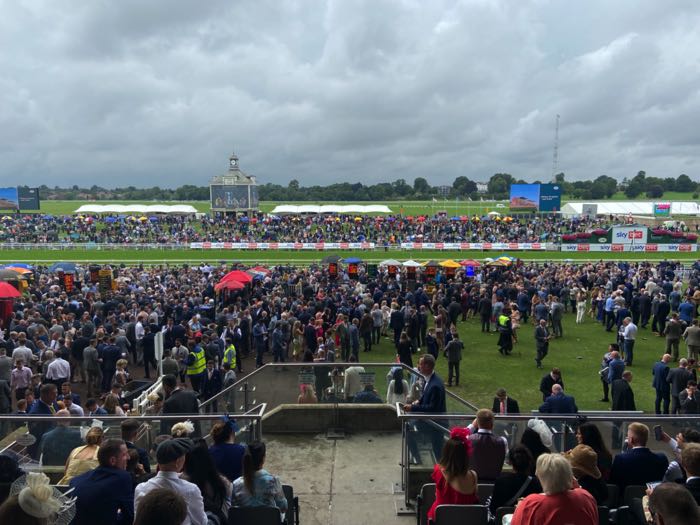
If you are a recreational punter then an each way bet is a good way to give yourself more chances to end a race in the money which is a factor we have not really considered yet. Value and maximising returns are great in theory but the reality is that over an extended period of time, most punters will lose. As such, it is important to look at each way betting from the point of view of fun.
If you are making a trip to the races on a stag do as a one-off, or even if you are a semi-regular racegoer, having a good day out is as important as winning and, for many, it is even more important. Of course, for most punters, fun and winning go hand in hand but if you can’t win then at least experiencing the excitement of having your horse involved down the home stretch is the next best thing. Equally, if you are staying up late to watch an event like the US Masters, it is nice to have an interest as the tournament really gets started on the back nine on the Sunday.
If you place a win bet, you obviously just have one bite of the cherry – it is win or bust and there is just one place up for grabs. However, with an each way bet, chasing two, three or four places in a horse race and perhaps as many as 10 in one of golf’s four majors, you have a far greater chance of your bet still being alive and your excitement and hope being maintained. Even if it ultimately fails, or your each way bet only yields a very small win, you have effectively bought that excitement and so the odds and probability of success are perhaps not the only concerns when it comes to whether or not you back your hunch each way.
Each Way Returns Versus Win Only Returns
Of course, it is impossible to separate the fun of gambling from the fun of winning and giving the bookies a bit of a beating. Much as each way betting is an essential part of most punters’ weaponry and has its place, we have to acknowledge that when we make an each way we are accepting smaller returns than we would get had we backed the option just to win.
Of course, with an each way bet you will be paid for the win and the place, but your returns will be smaller than if you had simply put all the stake (so £20 to win rather than £10 each way) down as a win single. The table below illustrates the difference, again based on an each way payout at a quarter of the odds.
| Odds of Winning Selection | Net Win from £10 E/W Bet | Net Win From £20 Win Single |
|---|---|---|
| 4/1 | £50 | £80 |
| 8/1 | £100 | £160 |
| 20/1 | £250 | £400 |
| 50/1 | £625 | £1,000 |
As you can see, the difference between having all of the stake on a straight “to win” bet as compared to half on that and half on the place, as per a standard each way bet, can be quite significant. Of course, it is relatively rare for an 8/1 shot to win, let alone a pick priced at 20/1 or 50/1, but that doesn’t prevent the natural reaction of “I should have backed it on the nose!”.
Of course, the flip side of that is backing a horse or golfer to win and then seeing it place, leaving you down your full stake when an each way bet would have returned a win on at least part of the bet. Decisions, decisions!
Conclusion
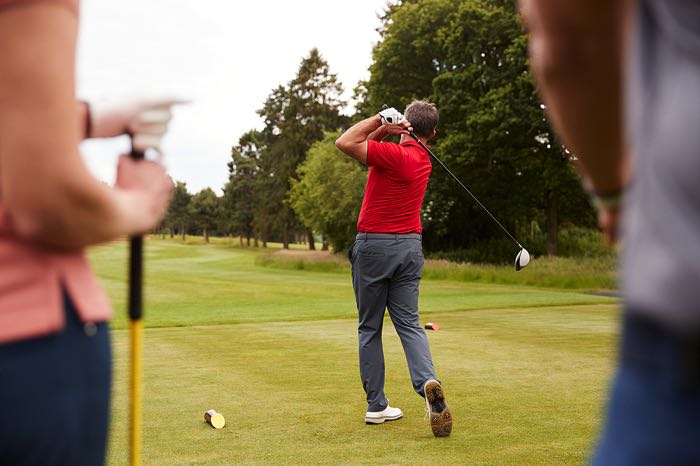
Ultimately, whether an each way bet is worth it comes down to personal choice. One could say it comes down to the result, but of course that is only known with the benefit of hindsight. Many punters will only place an each way bet where the odds are big enough to cover the whole stake from the place part of the bet along. This means that you are looking at odds of between 4/1 and 5/1 to break even based on the most common each way terms.
Most people who bet will usually only opt for an each way pick when the odds are around the 6/1 to 10/1 mark (or higher), meaning that the place will not merely break even or provide a small return but it will actually deliver a worthwhile win. Ultimately though much comes down to your gut instinct or statistical analysis of the contest and how likely your pick is to win, and to place.
That said, however, for many people who bet, increasing their enjoyment of the sport or occasion is a big factor. Given this, each way bets can be useful as they make it far more likely that your selection will stay in the hunt to land a return from your bet and keep your bet alive.
